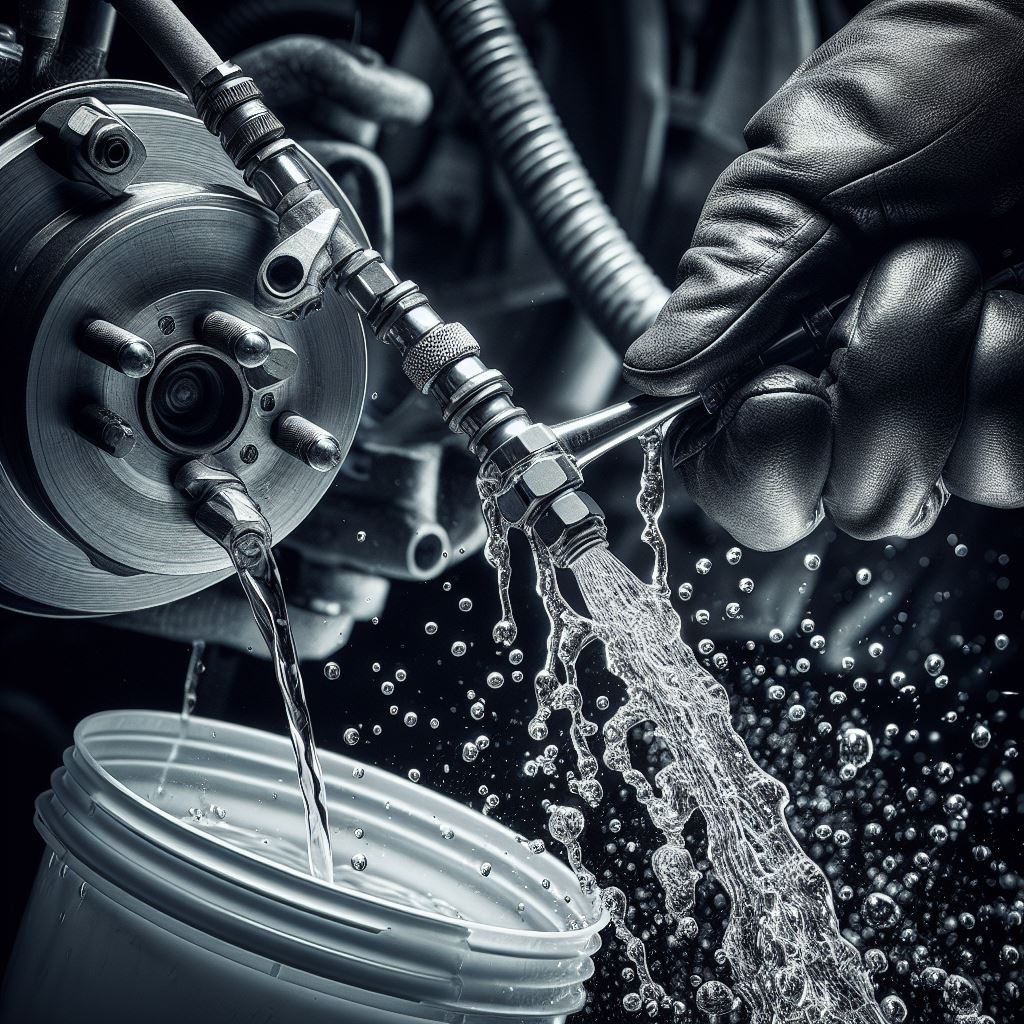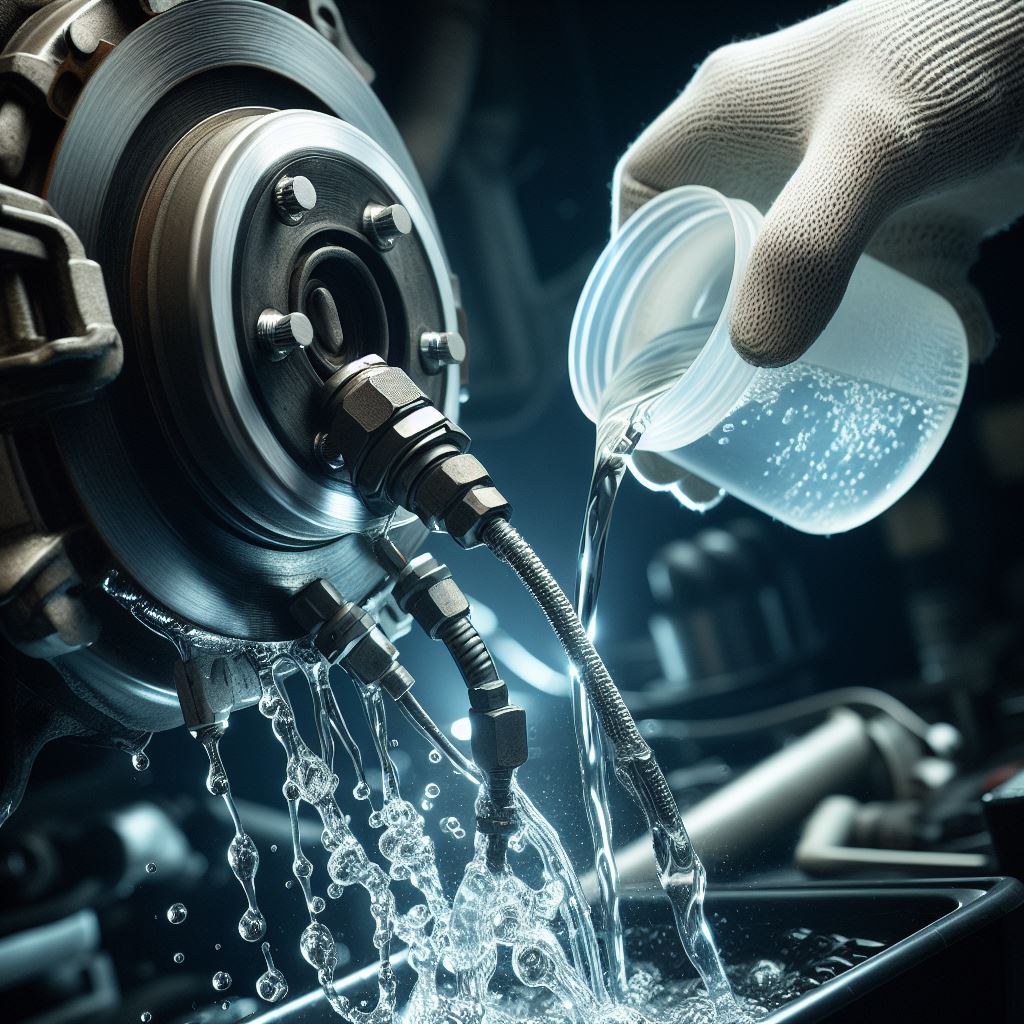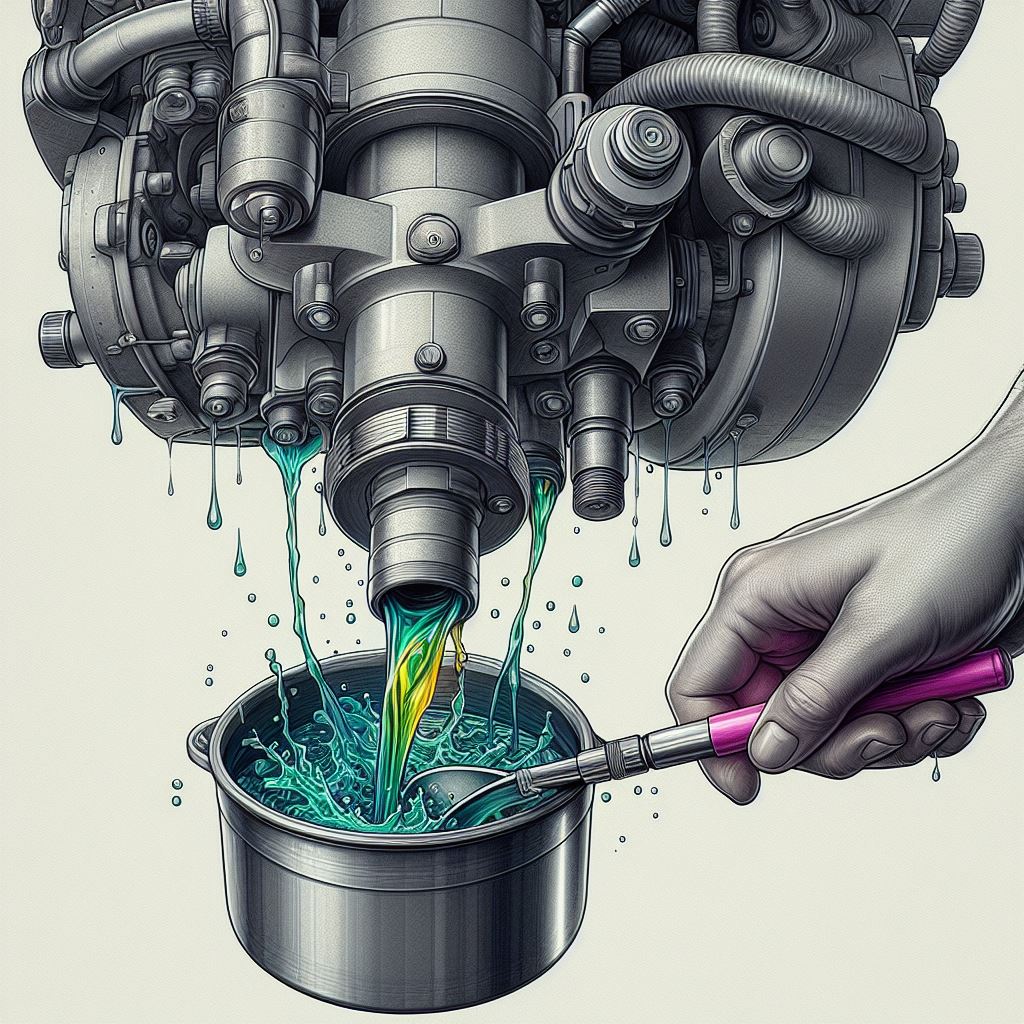When Do I Need Brake Line Flushing And Cleaning Services
Vehicle maintenance is vital to ensuring safety while driving. Regular servicing and checking for potential problems should be integral to car ownership. Neglecting your vehicle’s braking system can lead to fatal accidents.
The brake system is an integral safety feature in any vehicle. You must ensure the brakes are working correctly to keep your car running smoothly and safely. This means you should opt for regular brake line flushing and cleaning services.
In this article, we will discuss everything you need to know about brake line flushing and cleaning services and their significance in ensuring the safety of your vehicle.
Table of Contents
What is Brake Line Flushing and Cleaning?
Brake line flushing and cleaning are essential maintenance tasks that often go overlooked by vehicle owners. But trust us, you don’t want to skip out on these services. Why? Because they can save you from potential brake failures and costly repairs down the road.
So, when do you need to consider brake line flushing and cleaning services? Firstly, let’s understand what brake line flushing and cleaning entail. Over time, brake fluid can become contaminated with moisture, dirt, and debris, causing it to lose its effectiveness. This can lead to a spongy brake pedal, longer stopping distances and even brake failure.

Flushing and cleaning your brake lines involves removing the old fluid and replacing it with fresh, clean fluid. This process also includes cleaning out any dirt or debris that may have accumulated in the brake lines. Now, to answer the main question, when do you need to schedule a brake line flushing and cleaning service? The general rule of thumb is to have this done every two years or every 30,000 miles, whichever comes first.
However, certain signs indicate the need for this service to be done sooner.If you notice that your brake pedal feels spongy or goes all the way to the floor, your brakes are taking longer to engage, or you hear strange noises when braking, it’s time to schedule a brake line flushing and cleaning. Additionally, if you live in a humid or dusty environment or if you frequently drive in stop-and-go traffic, your brake fluid may become contaminated faster, and you may need to have this service done more often.
Remember, your brakes are one of the most crucial safety features of your vehicle. Don’t risk their effectiveness by neglecting brake line flushing and cleaning services. By staying on top of this maintenance task, you can ensure your brakes perform at their best and keep you safe on the road.
So, if you’re due for a brake line flushing and cleaning, don’t hesitate to schedule an appointment with your trusted mechanic. Your future self (and your wallet) will thank you.
When do I Need Brake Line Flushing and Cleaning Services?

If you’re a car owner, you must know the need for brake line flushing and cleaning services. The brake line system is an integral component in your vehicle, and keeping it running smoothly is essential for safe driving. Knowing when and how to get these services done can help keep your car performing optimally.
The most obvious indicator that you may need brake line flushing and cleaning services is when you experience a spongy or soft brake pedal. This is often caused by accumulated corrosion, dirt, and other debris in the brake lines. This can make it difficult for the brakes to perform their job correctly and quickly.
Another sign that your vehicle may need its brakes flushed and cleaned is when your car’s performance has noticeably decreased. If your car has lost its responsiveness or is struggling to accelerate, it could be due to a build-up of debris in your brake lines.
In addition, if you notice any fluid leak around the brakes, it’s important to have them checked and flushed out as soon as possible. This could indicate a problem with the brake lines and should be addressed immediately.
The Benefits of Regular Brake Line Flushing and Cleaning Services
Regular brake line flushing and cleaning services can benefit a car owner. Perhaps the most important is that it can help keep your car running safely and efficiently. Removing any dirt, corrosion, or other debris from the brake lines will ensure that your brakes are working properly and responding quickly. This will help to improve your car’s performance and reduce the chances of any accidents occurring.
In addition, regular brake line flushing and cleaning can help improve your vehicle’s longevity. By keeping the brake lines free from contaminants, you’ll be able to keep your car running smoothly for longer. This can help save you money in the long run as you can avoid costly repairs and replacements.
Why A Brake Fluid Flush Is Necessary?
The brake system in your car is the most important safety feature, so keeping it in top condition is essential. A brake fluid flush is one of the best ways to do this. Here is why you need brake fluid flush:

Keep Brake Fluid Quality High
When it comes to the safety of your vehicle, brake fluid is an essential component. Brake fluid allows your brakes to respond quickly and effectively – if the quality of this hydraulic fluid is compromised, it can cause a severe reduction in braking power, risking your safety and that of other road users.
Maintaining the quality of brake fluid is essential for effective braking. As brake fluid ages with repeated use, it will likely become contaminated with material from different brake system parts, such as debris, metal, rubber, and more.
This contamination can reduce the pressure transmitting capacity of the brake fluid and thus decrease your stopping power significantly. To ensure optimal braking response, check the quality of your brake fluid regularly and replace it if necessary. This simple check can save lives while on the roads.
Stop Moisture Buildup
Moisture build-up can be a huge hazard to the functioning of your braking system. The brake fluid in contact with the various components will absorb moisture, leading to corrosion of parts like your brake caliper, master cylinder, and rotors. Corrosion causes a breakdown of these vital parts and prevents your car from being able to brake properly.
There are steps you can take to prevent this from happening. A brake fluid flush is one such measure, replacing all the current fluid with fresh new brake fluid free from moisture content. This prevents corrosion before it becomes an issue and ensures that your braking system remains in top condition for longer. Proper maintenance of your vehicle’s brakes is essential for avoiding any nasty surprises on the roads.
Can You Explain the Process of A Brake Fluid Flush?
A brake fluid flush is a necessary maintenance process for any vehicle, as it helps extend the brakes’ life and keep them functioning properly. A brake fluid flush involves replacing old, contaminated brake fluid with new one. There are some steps that your mechanic or automotive service center will take when performing this procedure.
First, they will locate the brake fluid reservoir containing the existing brake fluid. This reservoir typically sits directly behind the master cylinder in most vehicles and can also be found in other places depending on the make and model.

The old and contaminated brake fluid will be completely drained out before being replaced with fresh, new fluids. As this last step is completed, air bubbles may form in the system, but these are quickly eliminated as your technician bleeds each of your vehicle’s four wheels. This simple procedure ensures that all air is removed from your vehicle’s braking system, ensuring its operation is safe and efficient.
How Often Do You Need A Brake Fluid Flush?
A brake fluid flush is an important preventive maintenance measure that should be done regularly. Regularly flushing and replacing bad brake fluids can help avoid brake system problems in the future, such as corroded components, damaged seals, and leaking brakes.
The recommended time to perform a brake fluid exchange is every 30,000 miles or 2 years. However, if you use your braking system more aggressively regularly – such as in stop-and-go traffic – it’s best to consult your vehicle’s owner manual for a specific timeline on when you need to flush the brakes.
When changing the brake fluid, consider getting the brakes checked out by a professional and look into having other preventative measures done, such as replacing worn parts or doing tire rotation. This way, you ensure your vehicles are in top running condition and as safe as possible.
Frequently Asked Questions [FAQs]
1. Is A Brake Line Flush Really Necessary?
A brake line flush is an important service to consider when maintaining your vehicle. Brake lines bring brake fluid from the master cylinder to the brakes and back.
Over time, this fluid can become contaminated with dirt and grime, reducing its effectiveness in keeping your brakes working properly. If left unchecked, this contamination can cause brake failure or other serious issues.
2. What Are The Benefits Of Brake Line Flushing?
Regular brake line flushing is essential to keep your brakes functioning properly and safely. The process of flushing out the old, contaminated fluid helps maintain the integrity of your braking system and prevents corrosion and damage to vital components. A brake line flush also ensures that your car can stop quickly and effectively in any situation, which can be a lifesaver in an emergency.
3. How Often Should Brake Lines Be Flushed?
Brake fluid flushes are recommended every 2 years or 30,000 miles on average. The frequency of routine maintenance can vary depending on individual driving patterns, such as frequent braking on shorter routes.
4. What Happens If You Don’t Flush Your Brakes?
If you don’t flush your brakes, the fluid can become contaminated with dirt and moisture. This can cause the brake system to become less effective and even fail, reducing braking power and increasing stopping distance. It can also lead to corrosion of brake components, which will require costly repairs to fix.
Additionally, if left too long without being flushed, the brake fluid can become so contaminated that it cannot be replaced, and the entire brake system must be replaced.
5. Is Brake Flush The Same As Bleed?
No, brake flush and brake bleed are two different services for maintaining the brake system. Brake flush is a process that cleans and replaces all existing brake fluid in the system with new, clean fluid.
This service helps prevent the corrosion of parts and contamination from moisture and metal shavings. You should get a brake flush every 12-24 months or when replacing any part of the braking system.
Conclusion
Brake line flushing and cleaning services are essential for vehicle owners who want to ensure their car runs safely and efficiently. By having your brakes checked regularly, you’ll be able to spot any problems early on and take action to prevent them from getting worse.
